The Bee Gees brought their heavenly harmonies to Dundee a decade before they reinvented themselves as 1970s disco daddies.
The brothers, Maurice, Robin and Barry Gibb, were born in Douglas, Isle of Man, between 1946 and 1949, before the family moved to Manchester in 1955.
They formed a skiffle band called the Rattlesnakes and made their public debut in December 1956 at Manchester’s Gaumont Theatre.
Their harmonies, even then, were unmatched.
Seeking a better life, the Gibb parents gathered the family and emigrated to Australia in August 1958 where the trio secured a recording contract in 1963.
The group had been moderately successful in Australia before returning to Britain in February 1967 and signed with pop impresario Robert Stigwood.
The Bee Gees soon found success with New York Mining Disaster 1941 in April 1967.
Although the lyrics are about a mining disaster in New York, the song was about a purely fictional event, and was inspired by the Aberfan Disaster of October 1966, when 144 people died, including 116 children, after a coal waste tip slid down the mountainside and engulfed part of the Welsh village, including a junior school.
The idea for the song came to the Gibb brothers while they were sitting on a darkened staircase at Polydor Records’ offices, unable to see each other.
According to Robin, there actually had also been a mining disaster in New York in 1939, but not in 1941, and he thought New York sounded more “glamorous”.
A string of hits followed including To Love Somebody and Massachusetts, which was at number one when the band performed at the Top Ten Club on October 29 1967.
Andi Lothian and Freddie Saunders started the Dundee club, which ran once a week from the Palais Ballroom and brought some of the UK’s biggest stars to the city.
Although Andi was more of a jazz musician and enthusiast, he realised that using the Palais one evening per week for chart acts made good business sense.
Freddie was no stranger to the stage, either.
He would often perform at the Palais and soon built up a good local following.
Entry for the Bee Gees concert was six shillings with the set list including those early songs featuring Robin’s high-pitched, vibrato-laden lead vocals.
Many of those songs would feature in the band’s live set for decades to come.
The gig also played a part in the early romance between Maurice Gibb and Lulu!
Maurice invited Lulu’s brother, Billy, to the Dundee show during their early courtship and he was “bowled over” as he hung out backstage with the Gibb brothers.
Maurice told his friends that night that “whatever happened” he was going to marry Lulu, which he eventually did just weeks before her 1969 Eurovision appearance.
Robin almost died after the gig
Singer Robin had a close brush with death following the Top Ten Club performance, surviving a tragic train accident that left 49 people dead and 78 injured.
On November 5 1967 the 17-year-old and his then-fiancée and eventual first wife, Molly Hullis, were travelling from Hastings to London by train.
The success of the song Massachusetts had afforded the teenager the opportunity to book a first class compartment, which saved him and Hullis from the unthinkable.
During the 114km journey, the train ran into broken track, causing 11 of its 12 carriages to derail while travelling between the Hither Green and Grove Park train stations.
He said afterwards: “It seemed as if I was falling over Niagara Falls in a barrel, tumbling over and over. Instinctively I reached out for Molly and held her tight.
“There was glass falling everywhere and I heard someone screaming. When the train came to a stop, I picked myself and Molly up off the floor and scrambled out.
“I don’t think I’ve ever been so physically scared in my life.”
Although the Palais continued for many years, the Top Ten Club finished just before the start of the 1970s – the era when the Bee Gees became undisputed disco kings.
Seventies soul group the Stylistics were actually the inspiration for the close-harmony, falsetto sound that became the instantly recognisable Bee Gees trademark.
Until Michael Jackson’s Thriller came along, they had the biggest-selling album of all time, the soundtrack to an innocuous little film called Saturday Night Fever.
The Bee Gees sold more than 40 million copies of the album but when some music fans turned on disco the Brothers Gibb became the favourite target of derision and hostility.
The Gibbs went in and out of fashion like flares and gold medallions but still managed to stay around longer than most in the essentially ephemeral world of pop.
Their influence on popular culture never waned.
The Bee Gees would go on to perform with or write for some of the biggest stars in the business including Barbra Streisand, Dolly Parton and Kenny Rogers.
The brothers were inducted into the Rock and Roll Hall of Fame in 1997.
The band’s back catalogue includes some of the best-known songs of all-time, such as Stayin’ Alive, Words, More Than a Woman and How Deep Is Your Love.
The Bee Gees’ final live performance took place on February 23 2002, with a show held at the Love and Hope Ball at Miami Beach in the United States.
The last Bee Gee goes it alone
Maurice passed away the following year, at the age of 53, due to complications of a twisted intestine.
It wasn’t until 2006 that Barry and Robin performed live together again.
Robin died in 2012, at the age of 62, after being diagnosed with cancer.
The disco era might now be well behind him but lion-maned, high-pitched legend Barry is still performing and releasing music as a solo artist at the age of 76.
Former Radio Tay DJ Pat Kelly said: “I was always a huge fan of the brothers.
“However, what I really admired about them was how they kept reinventing themselves.
“In 1972 Polydor Records were losing interest in them and let them go.
“It was a big mistake by Polydor as the boys came back with a bang in 1975 with a new record label RSO and a massive worldwide hit with Jive Talkin’.
“As they say, you can never keep talent down!”
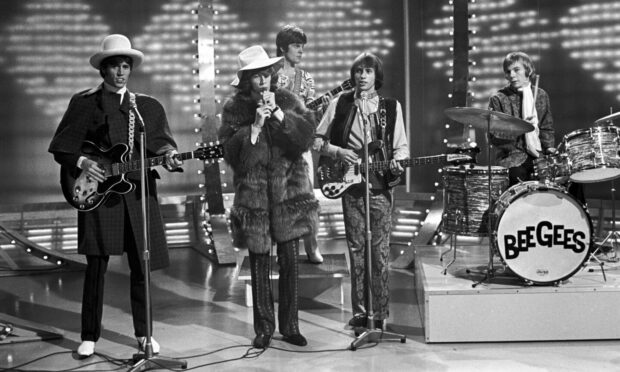
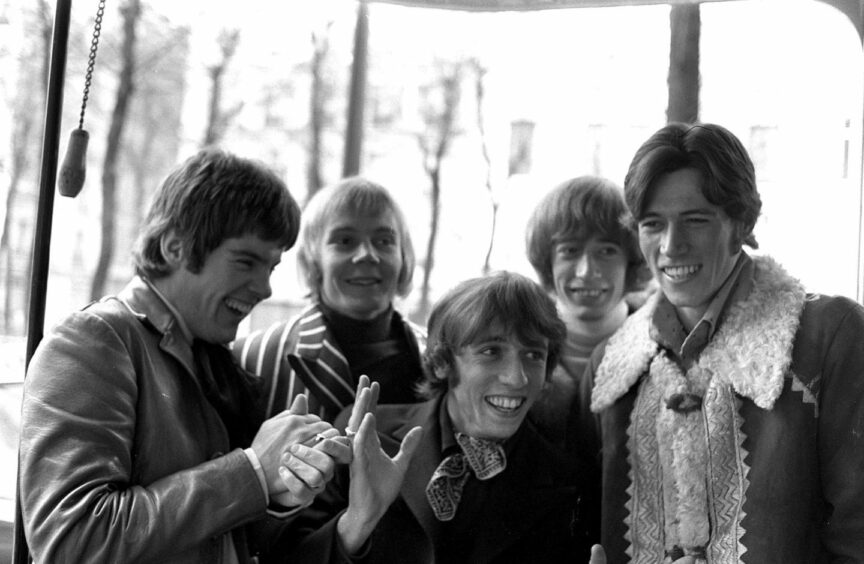
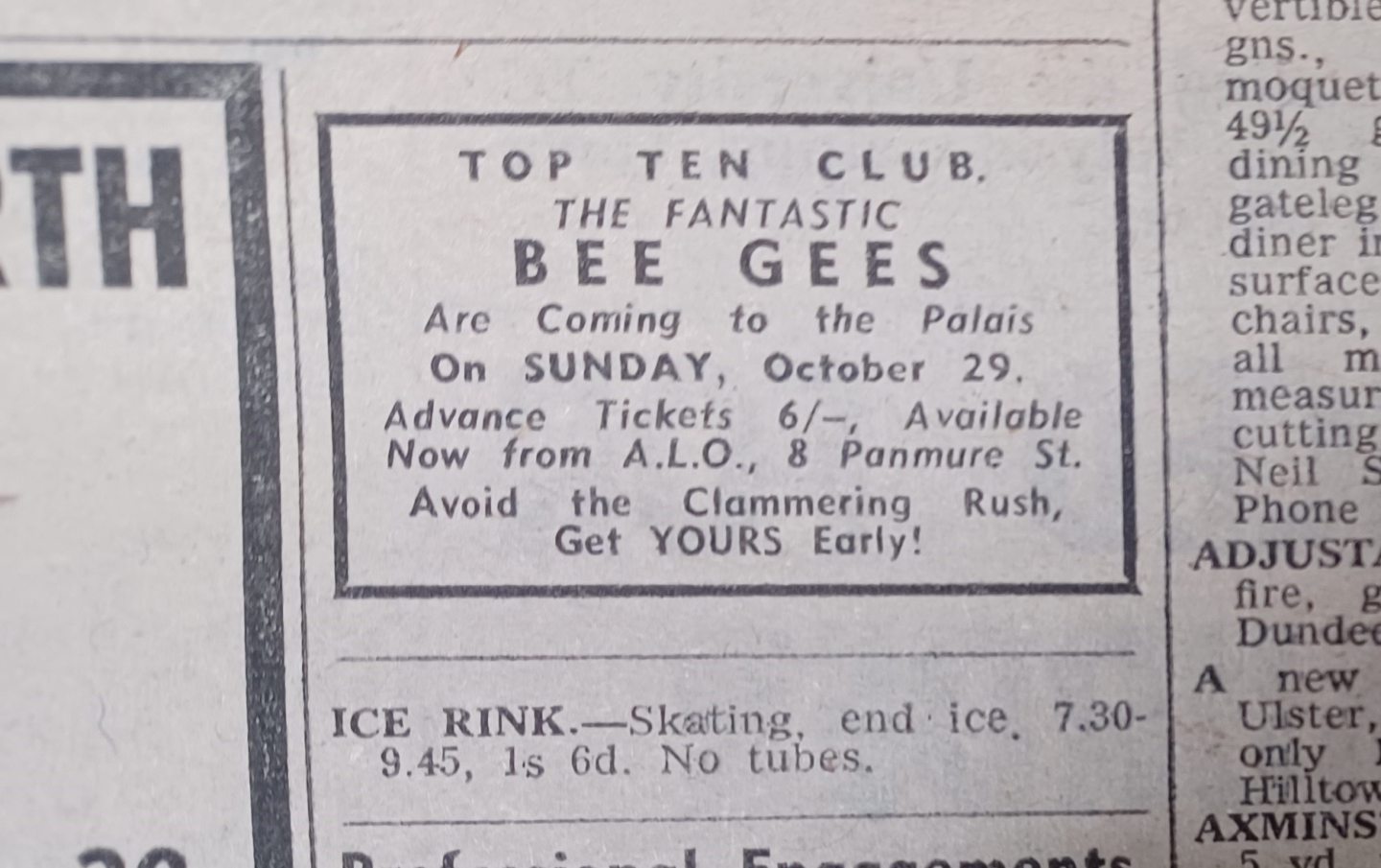
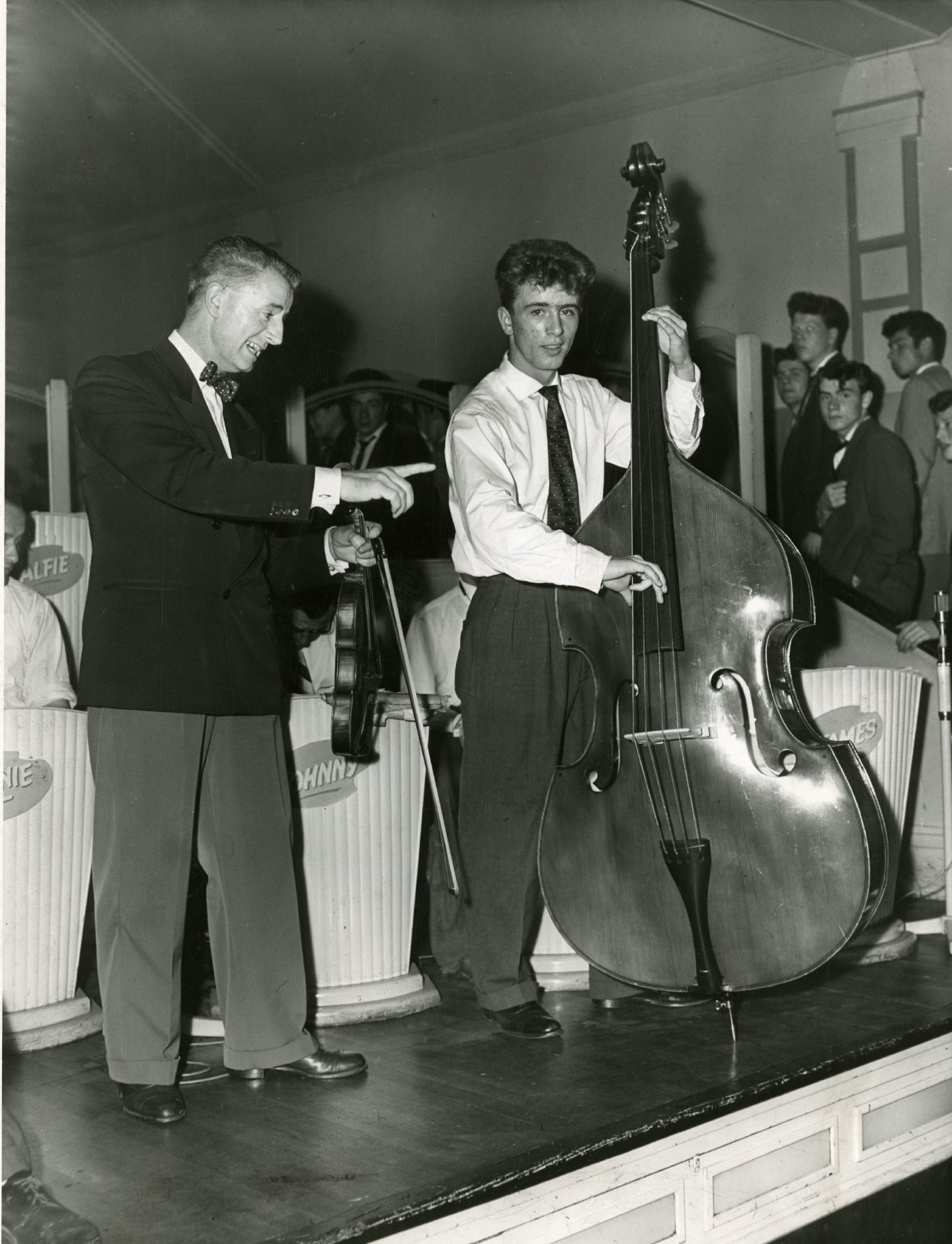
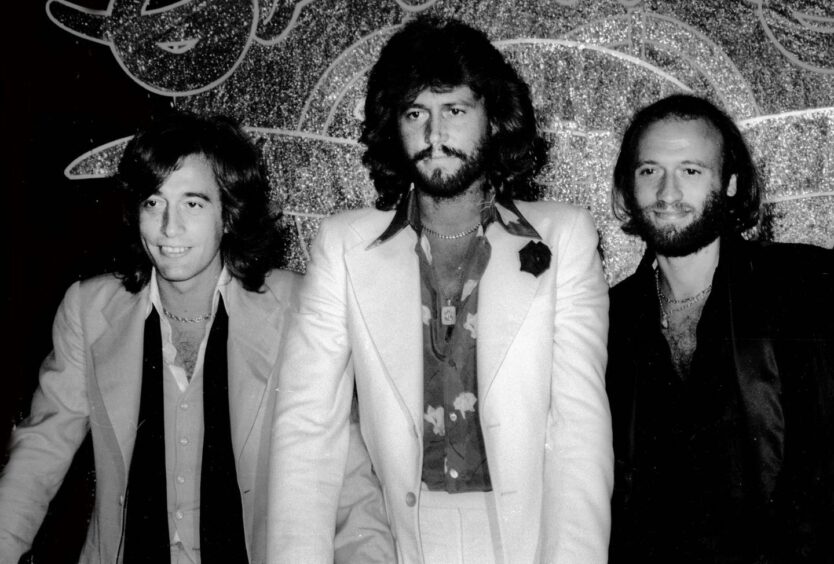










Conversation